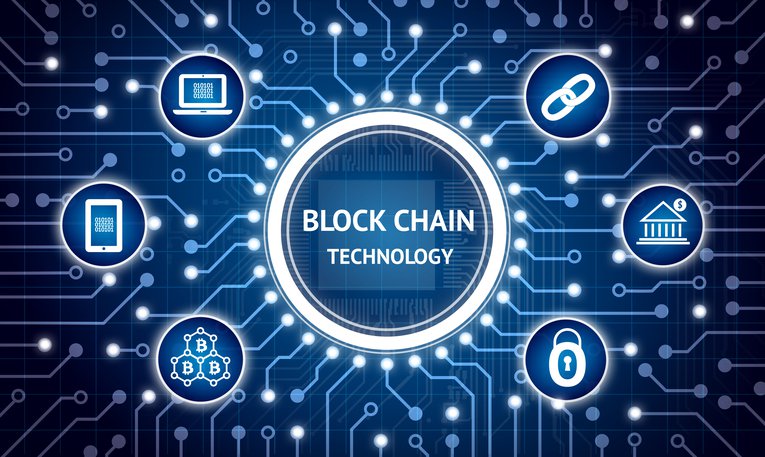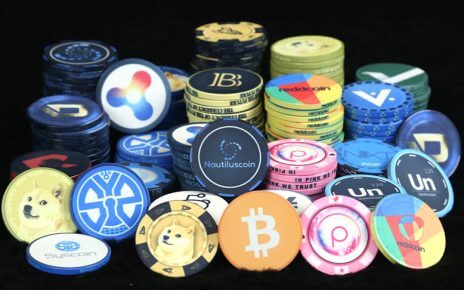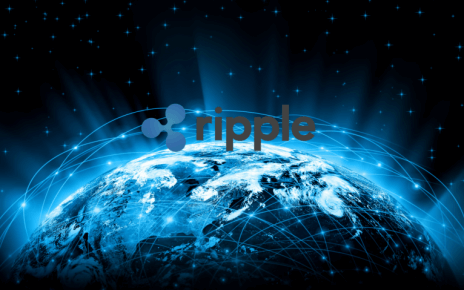It may be hard to believe, but there are two billion people in the world without a bank account. Most of them lives in the developing countries with low and medium income, but even in some countries with high level of income, many people cannot use a bank to fulfill their everyday financial needs. All this means these people do not have access to the benefits, security and interest rates offered by the banks.
Furthermore, a lot of people have access to bank accounts, but do not have adequate access to the financial services that the banks can offer. This people are known as the unbanked. For example, in the United States of America, 33.5 million households admitted to be unbanked or completely without a bank in 2015. That is more than 25% of the US population. Without the access to savings or loans, these people cannot participate in the virtual cycle of economic growth. Instead, they stay in the dark cycle of poverty.
It is clear that the unbanked present a large market. In the Third World countries, large banks do not want to grant loans to the unbanked. Even when they do, they charge extremely high interests rates to compensate for the risk. In the last couple of years, large banks started participating in microfinancing, which led to considerably higher interest rates and brought many new problems to the unbanked.
The blockchain technology has the potential to help the unbanked, enabling them to create their own financial alternatives in an efficient, transparent and scalable way. One of the greatest challenges that the banks are facing when trying to provide services to the unbanked is that many of them do not have clear identification information.
With the blockchain technology, individuals can get a digital identity to be used in the banking. Property rights, a painful spot for many individuals with low income, can also be transferred to a blockchain, allowing them to enter formal information networks and even use their property as a pledge. With the efficiency of the blockchain technology, individuals with low income in different countries could save money and do business together.
There are some blockchain services for the unbanked on the market already. OmiseGo offers technology that enables the trade of value and payment services by using a digital platform. The goal is to encourage financial inclusion on the emerging markets and creating a platform that can be used by other companies outside OmiseGo. The company claims their network would decentralize the market liquidity and payments by offering good scalability and helping to resolve payments in the created networks. This could be significant because it would allow the banks to have control and access to financial services that were unavailable before.
Another company called WeTrust offers a product that enables the users to create rotating savings and loan associations in a blockchain network. This platform could be used to build credit ratings using the blockchain technology.
Humaniw combines the blockchain technology and biometry to create applications that would enable transactions and investments in the Third World countries. The users of the platform could earn tokens from their homes by using procedures for biometric identification and exchange these tokens for local currencies by using the app. This means the users could create their own digital biometric identification straight from their smartphones and without any formal identification.
Even the simplest things, such as savings and loans can be difficult for someone without the access to the security and convenience of a bank account. These unbanked individuals present a large market which is ready to adopt financial solutions outside the traditional banking system. The blockchain technology provides a safe and scalable way to serve the needs of these individuals and a number of tech companies are already using blockchains to create opportunities for the unbanked and grant them access to savings and loans, the basic elements necessary for the economic growth.



